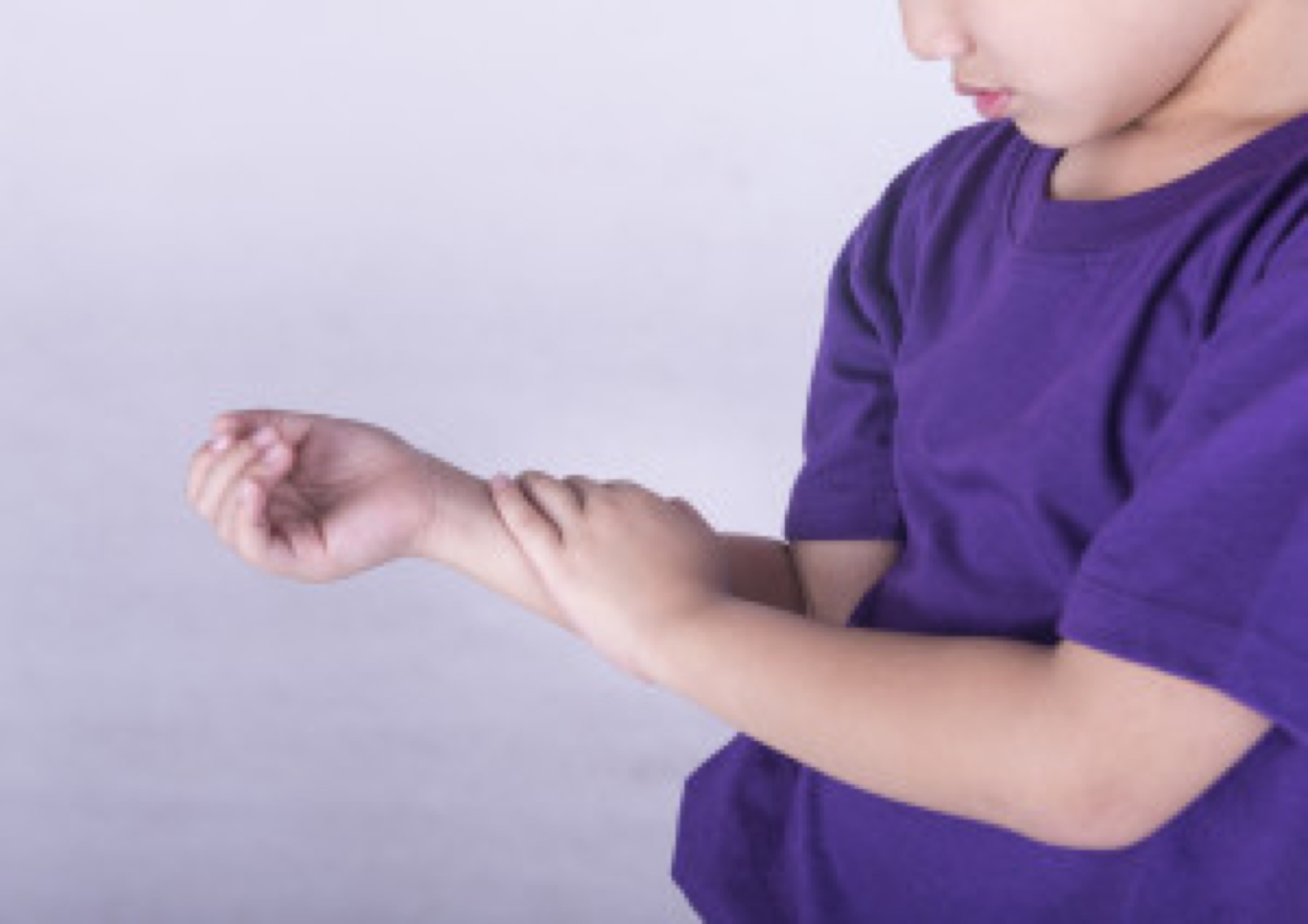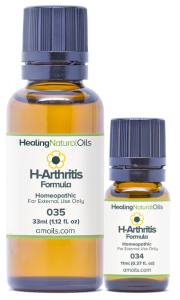Juvenile Rheumatoid Arthritis & How It Affects Children
The first signs of arthritis in children might include limping or pain in a wrist, finger or knee. The joints could suddenly swell and remain enlarged or there could be stiffness in the neck, hips or other joints.
Unfortunately, pain is part of all types of arthritis and although it may not always be the main symptom in the case of juvenile rheumatoid arthritis, a child with this form of arthritis will often refuse to use an affected limb.
Juvenile rheumatoid arthritis or JRA is also called juvenile idiopathic arthritis (JIA) and juvenile chronic arthritis (JCA).
The symptoms and prognosis of the disease can vary from mild to more severe
The condition can be short term (lasting for some weeks or months) before disappearing entirely or it can be termed chronic and continue for months, years or even a lifetime. Approximately 300 000 children in the USA suffer from arthritis, of which 1 in 6 will have JRA.
JRA causes the lining of the joints to swell and release fluid inside the joint
- Joints become swollen, stiff, painful and warm to the touch.
- These symptoms along with such signs as limping; a sore wrist, finger or knee; joints that suddenly swell and then remain enlarged; general morning stiffness; stiffness in the neck, hips or other joints; a weakness in the muscles and other soft tissues around the joints; sudden unexplained rashes; fevers that perhaps rise in the evenings; could well lead your doctor to suspect the presence of JRA.
- Early diagnosis is important so that you and your doctor know what you are dealing with and can ensure that the appropriate treatment and any necessary or healthy lifestyle changes can be commenced.
With appropriate treatment, many go on to lead full, normal and even symptom-free lives
There are three types of Juvenile Rheumatoid Arthritis:
- Pauciarticular which affects up to 4 joints and where the symptoms include pain, stiffness or swelling in the joints especially in the knee or wrist joints. An inflammation of the iris (the colored area of the eye) may occur but this can be with or without those joint symptoms. The iris inflammation (known as iridocyclitis, iritis or uveitis) can be detected early by an eye specialist.
- Polyarticular which affects 5 or more joints and is more common in girls than boys. The symptoms include swelling or pain in five or more joints and the areas usually affected include the small joints of the hands, the knees, hips, ankles, feet and neck. A low fever may be present as well as bumps or nodules on the body in those areas likely to feel pressure from sitting or leaning.
- Systemic onset which affects at least one joint but also some inflammation of internal organs. Other symptoms include high fevers at night, sometimes accompanied by a rash. The fevers and rash come and go while the spleen and lymph nodes may also become enlarged. Eventually many of the body's joints are affected by swelling, pain and stiffness.
While treatment is taking place, some find the following to be very helpful
- Taking a hot shower, use a hot or cold compress or sleeping in a warm bed or sleeping bag can help relieve morning stiffness. Heat application can cause vaso-dilatation while cold packs application can cause vaso-constriction. Both can be beneficial for pain relief. When heat therapy is used, it helps relax sore muscles and eases joints. The vaso-dilatation effect causes blood to move to those specific areas to help increase the flexibility of the muscles. Cold therapy, on the other hand, is ideal for relieving throbbing, burning and severe pain.
- Carrying out special exercises, including stretches and a range-of-motion exercises, can help reduce joint stiffness while improving flexibility and promoting stronger bones and healthier toned muscles. Exercise improves circulation and body mechanics as well. Encourage your child to be active - to run with you, ride a bicycle with you and play outdoor sports together. This will not only improve bodily functions but create a general feeling of well-being when doing fun activities together.
- Nutrition is ultra important for juvenile arthritis. A diet of natural, organic whole foods including fresh vegetables and fruit that are full of vitamins, calcium and minerals help maintain stronger and flexible joints. Children with arthritis often have poor appetite so parents and caregivers may need to give extra attention because a nutritious diet will improve their condition from the inside and boost their immune system. Avoid sugar as much as possible - including from hidden sources – as well as artificial sweeteners and high fructose corn syrup. Avoid all processed foods.
- Massage can help relieve tension while the use of aromatic scented body oils can create a sensation that is soothing to the body and an ideal solution for throbbing arthritic pain. Massage is also ideal for relaxation and clearing the mind. Use a slow kneading and smooth flowing style to promote relaxation and circulation, improve range of motion of limbs and joints while giving an overall feeling of well-being.
Essential oils can provide the ideal treatment for arthritis - including children.
H-Arthritis is topically applied where it immediately relieves arthritis symptoms as well as the pain and stiffness associated with the condition.
Sources
Conti V, et al. (2015). High prevalence of gluten sensitivity in a cohort of patients with undifferentiated connective tissue disease.
researchgate.net/publication/273700262_High_prevalence_of_gluten_sensitivity_in_a_cohort_of_patients_with_undifferentiated_connective_tissue_disease (Accessed, Feb 10, 2021)
Ferri FF. Rheumatoid arthritis. In: Ferri's Clinical Advisor 2019. Philadelphia, Pa.: Elsevier; 2019. https://www.clinicalkey.com. (Accessed Feb 10, 2021).
Deveza LA. Overview of the management of osteoarthritis. https://www.uptodate.com/contents/search. (Accessed Feb 10, 2021).





